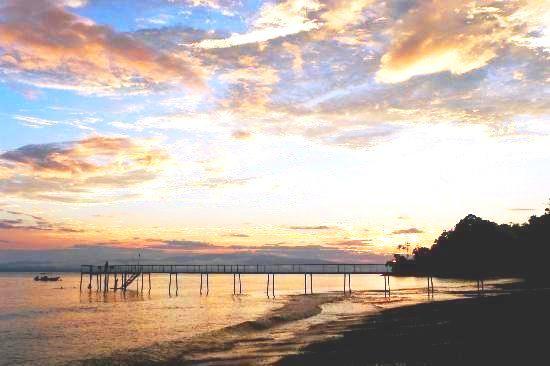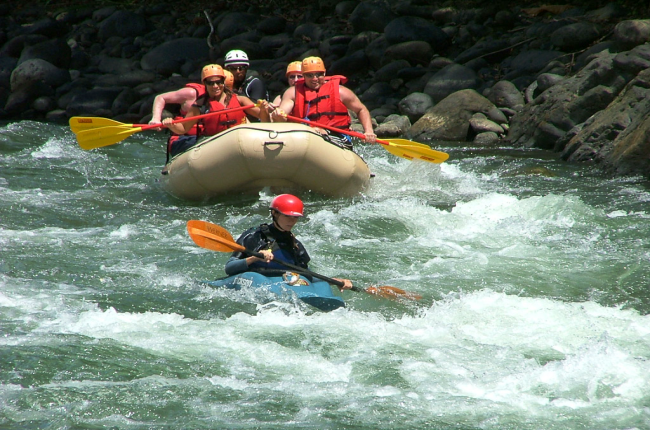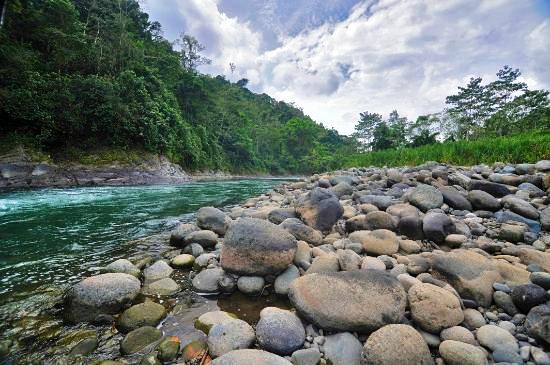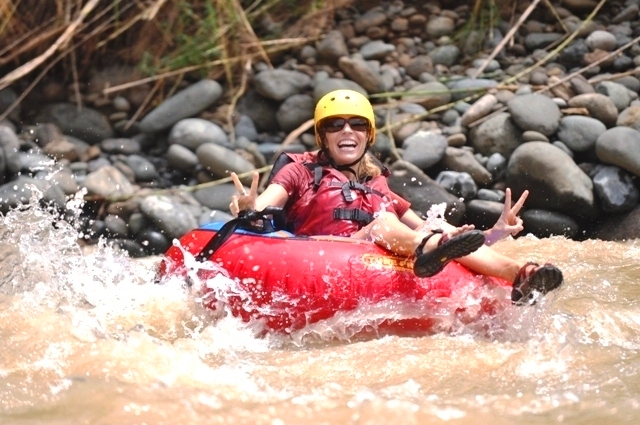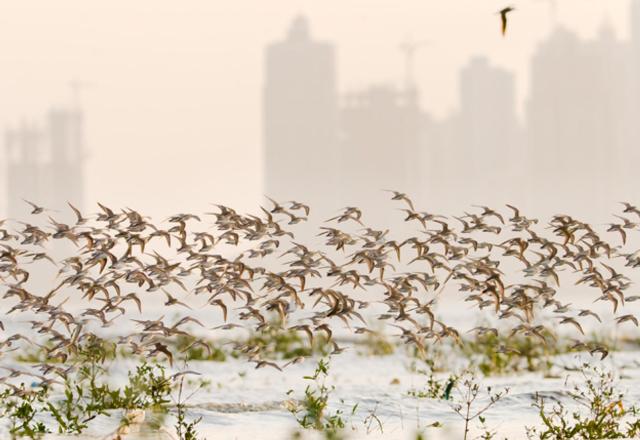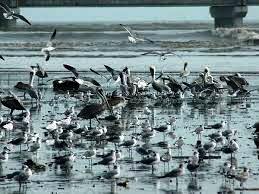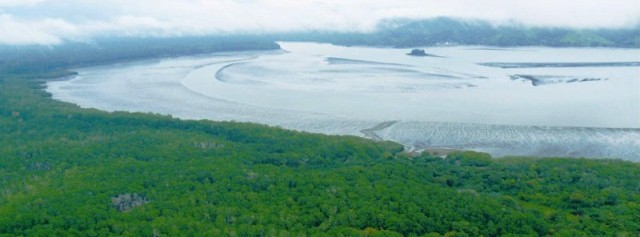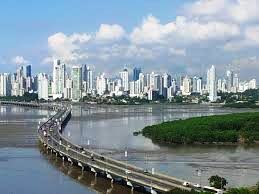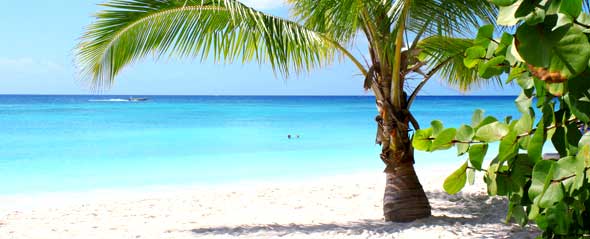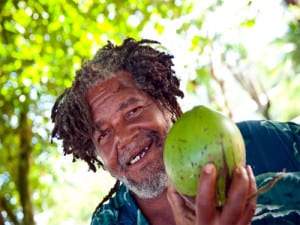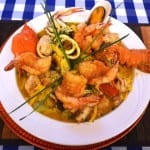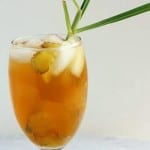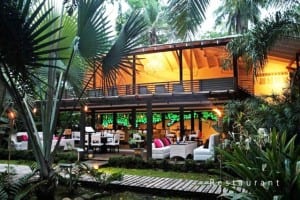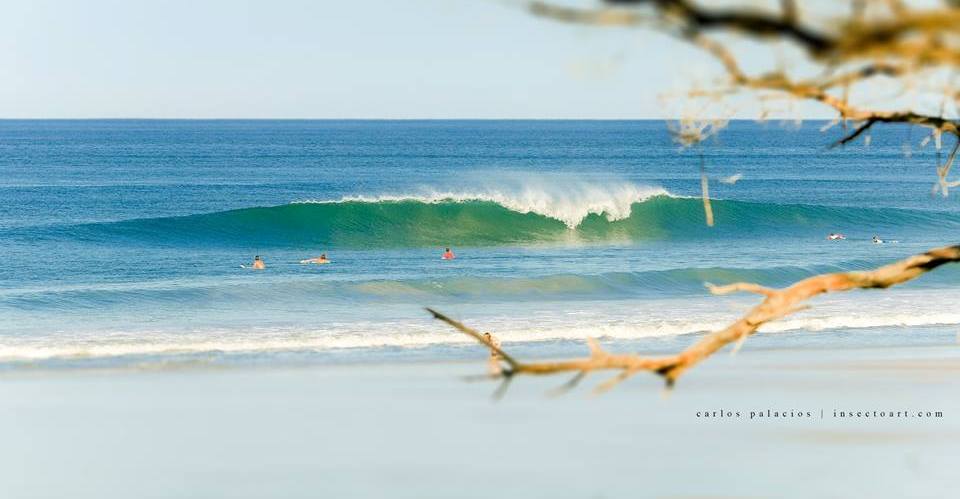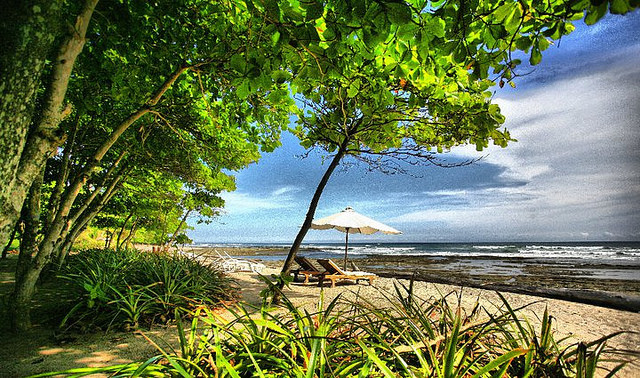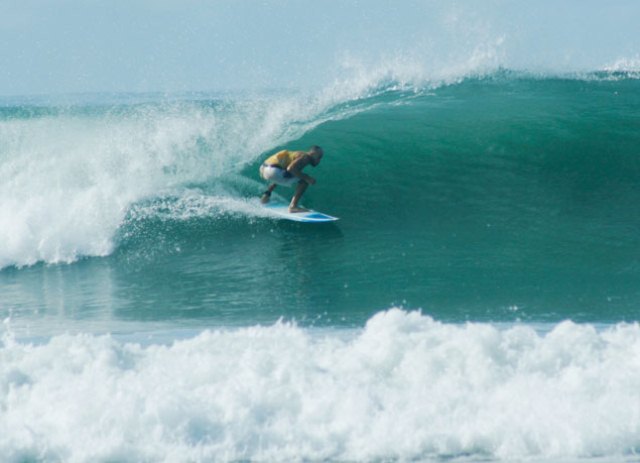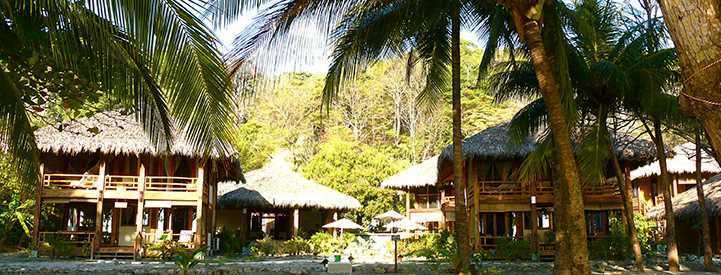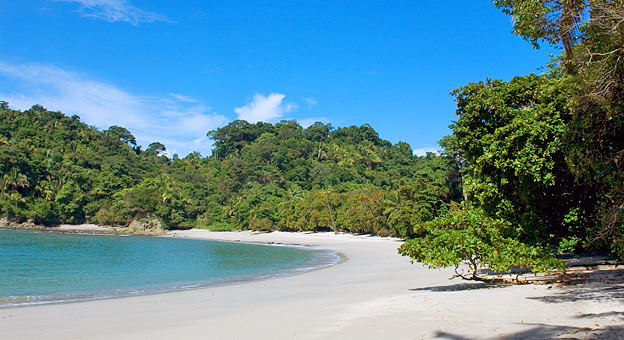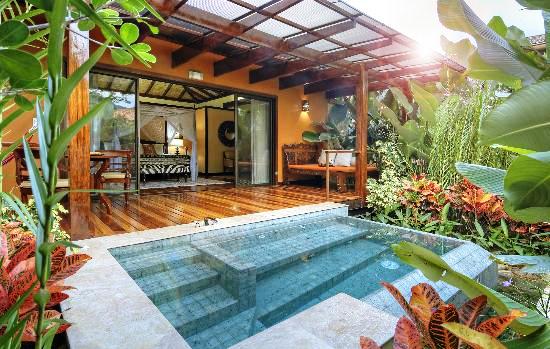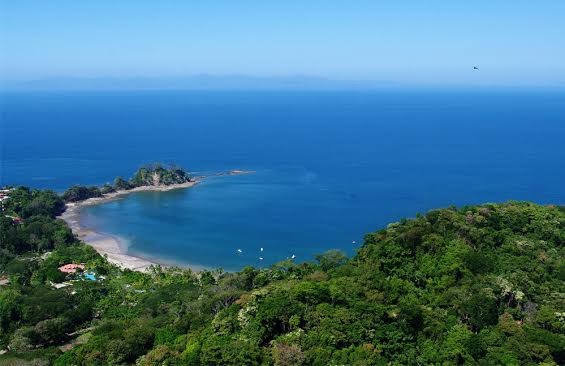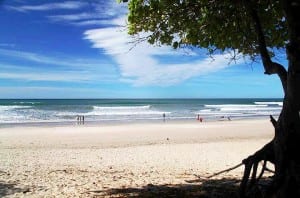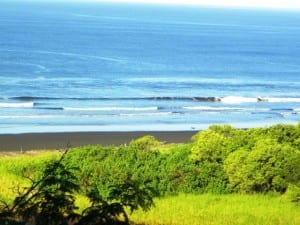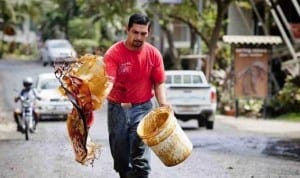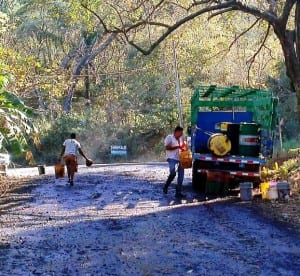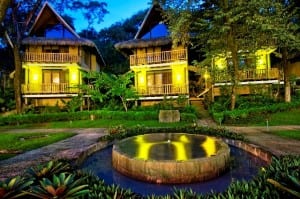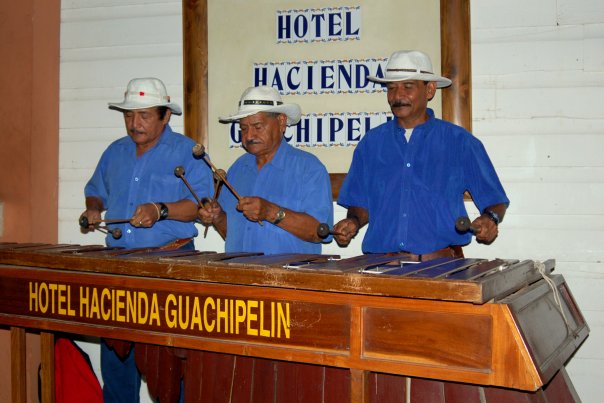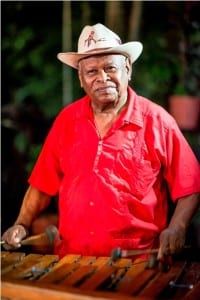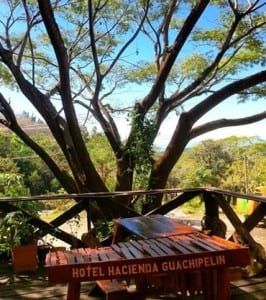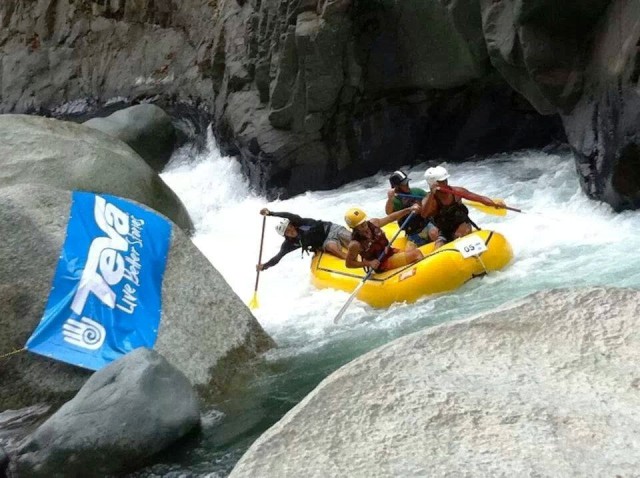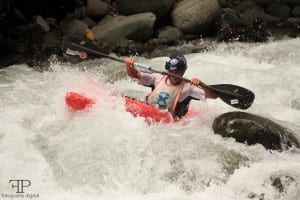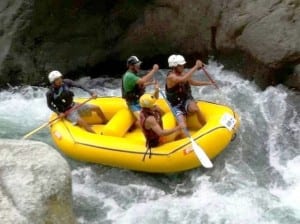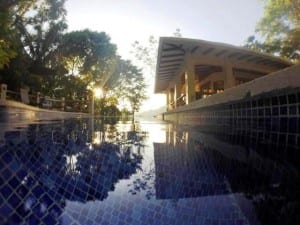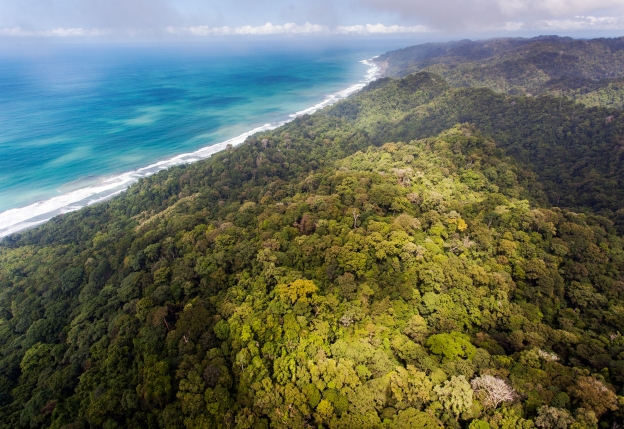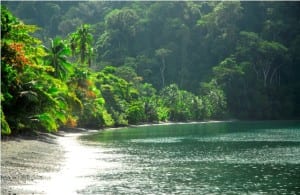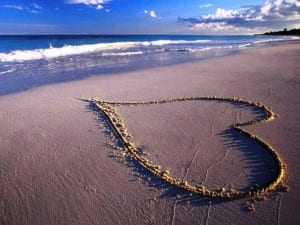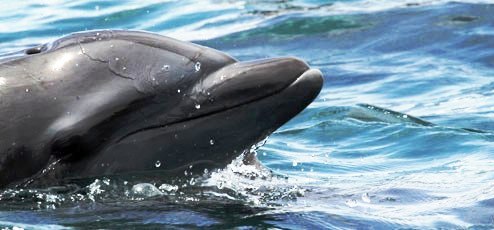
The last time I was at Playa Nicuesa Rainforest Lodge, I was down at the beach cooling off from the hot sun in waist-deep tranquil waters of the Golfo Dulce, when suddenly there was a splash very close behind me. I turned quickly to look out toward the Gulf and was greeted by three Bottlenose Dolphins calmly gliding about 15 feet past me parallel to the beach.
This is how it is on Golfo Dulce in southern Costa Rica.
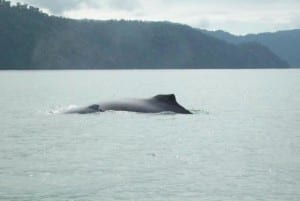 During whale-watching season, you might see a Humpback Whale mother and her calf just offshore. Almost always will you see dolphins when you go on a boat tour of the Golfo Dulce or kayaking in the mangroves of the Esquinas River.
During whale-watching season, you might see a Humpback Whale mother and her calf just offshore. Almost always will you see dolphins when you go on a boat tour of the Golfo Dulce or kayaking in the mangroves of the Esquinas River.
This area of pristine tropical wilderness by the Osa Peninsula is home to resident and migratory communities of Bottlenose Dolphins (Tursiops truncatus), Spotted Dolphins (Stenella attenuata), Spinner Dolphins (Stenella longirostris), and occasionally-seen False Killer Whales (Pseudorca crassidens). Every August when whale-watching season begins in Golfo Dulce, endangered Pacific Humpback Whales migrate to Costa Rica’s warm waters to breed and give birth. Golfo Dulce is a critical habitat for marine life, states the Center for Cetacean Research of Costa Rica (CEIC).
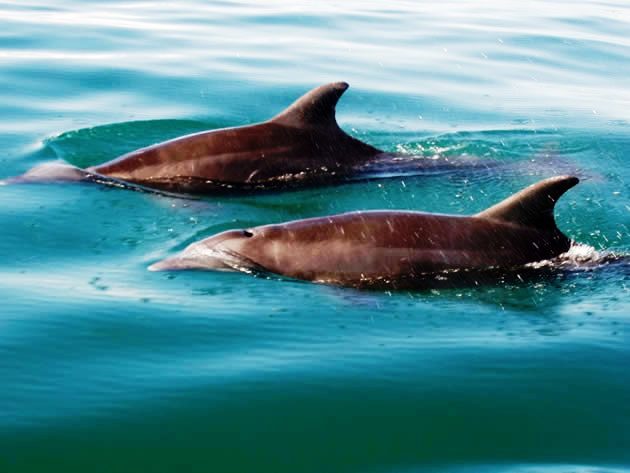
The Gulf’s calm and very clear jade green-blue water makes it easy to see abundant marine life. Spotted Dolphins are some of the most common dolphins to see, whether in small pods in shallow inshore waters or huge groups of up to 500 dolphins offshore in deep ocean.
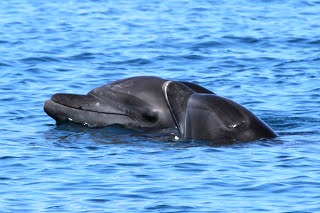
Bottlenose Dolphins stay close to river mouths, using the tidal cycles to catch fish. Golfo Dulce Bottlenose Dolphins are very social and are frequently seen in pods of two to 15 dolphins. Spinner Dolphins, as is obvious from the name, are known for spinning vertically out of the water on their tails.
When you stay at Costa Rica eco-lodge Playa Nicuesa you can see dolphins, whales and other marine life in Golfo Dulce. The luxury Costa Rica rainforest lodge has its own 165-acre private rainforest preserve bordering the Piedras Blancas National Park. It is a unique Costa Rica adventure travel destination for its remote, pristine wilderness location.
Article by Shannon Farley
